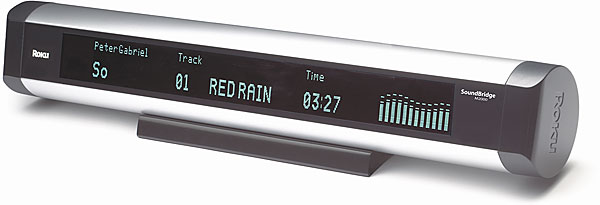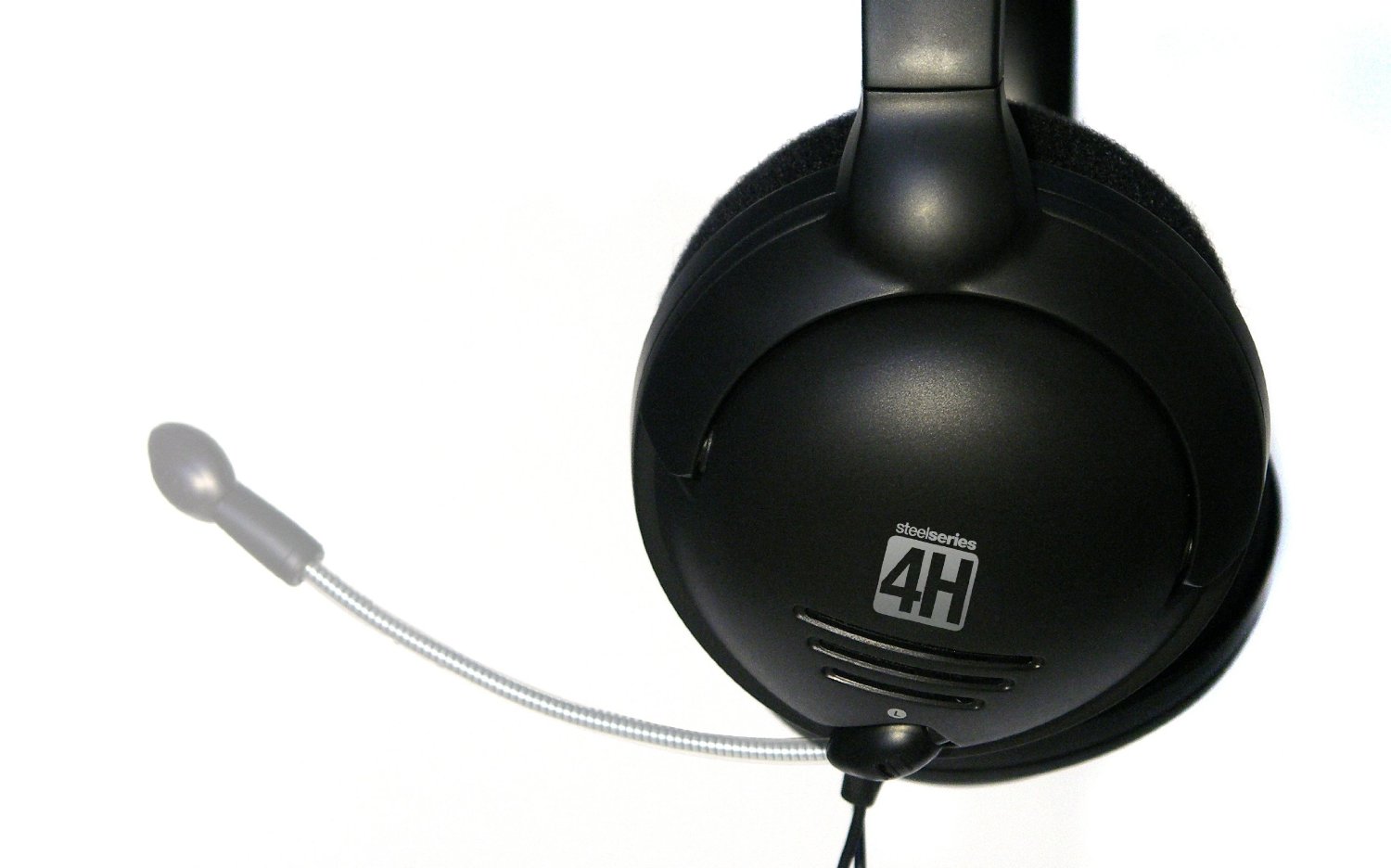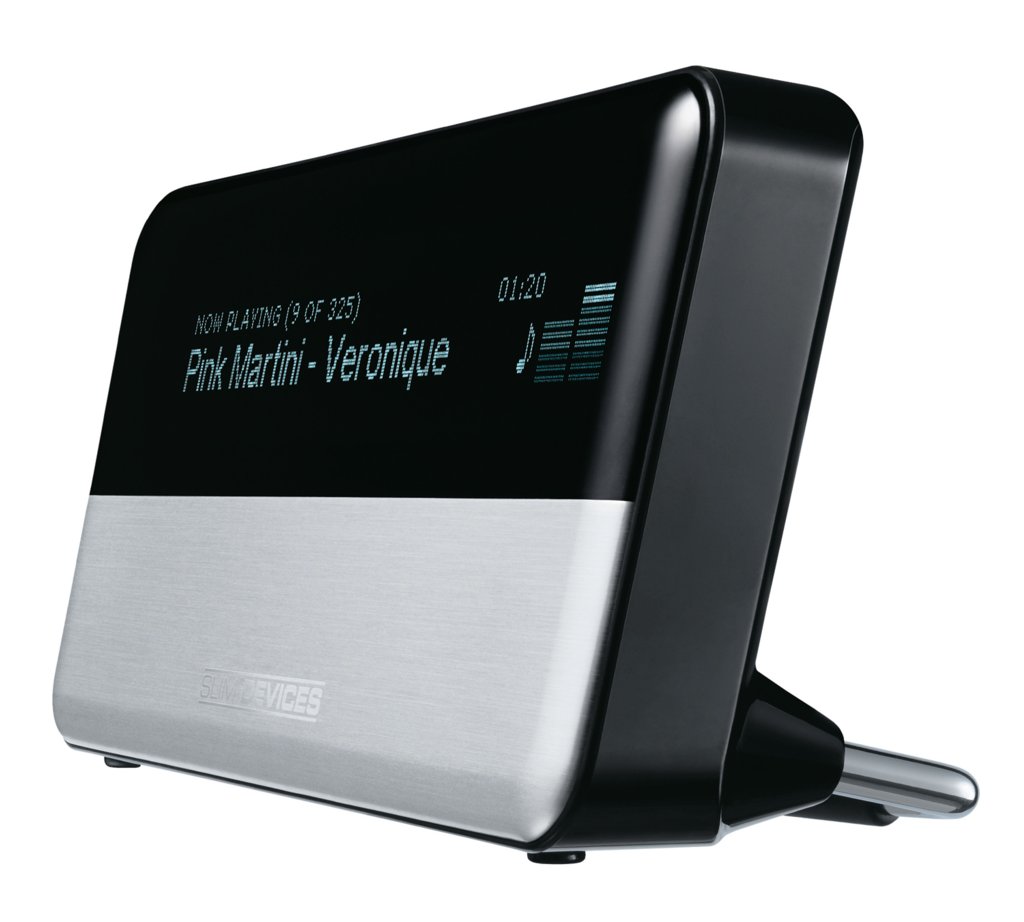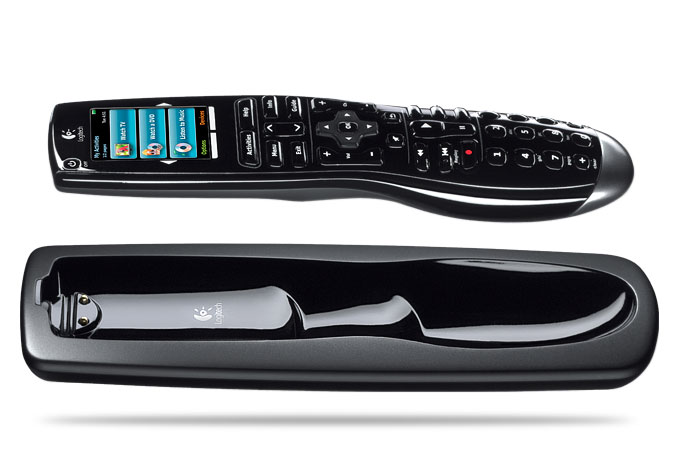
Roku SoundBridge M1000
As seen with constant talk of home theater PCs (HTPCs) and dedicated streaming devices like the previously reviewed Slim Devices Squeezebox 3, the innovation extending to the living room is clearly establishing a new battlefield for superiority. Roku enters the ring with their SoundBridge M1000 streaming media player which provides yet another worthy addition to the battle with the ability to play your vast collection without the need for any special software, in most cases.
The cylindrical shaped SoundBridge M1000 provides a means of streaming your music collection, in virtually any format, to the living room via wired or wireless connections. The reviewed unit came with both capabilities, and while the hardwire connection may be the most reliable; the wireless is the most convenient. The wired connection was ready right out of the box either on your home network or a cross-over connection to a PC acting as a media server. The wireless connection, however, was a bit troublesome to get working correctly.
The unit detected a generic local IP after being connected to my desktop and all I needed to do was open iTunes and the unit immediately saw my collection, loaded my playlists, and I was ready to go.
Setting up the wireless took a bit more head scratching as why the device wouldn’t connect to my standard Linksys Wireless Router. For starters the device doesn’t support WPA encryption, but this isn’t a major drawback if you use WEP in combination with MAC address filtering. After adding the MAC address of the unit to my router the device still wouldn’t connect. It took a Google search for previous reviews and information to locate the problem: the device runs on the 802.11b protocol rather than the faster 802.11g. Be as it may, my router was set for G-Only devices and a simple change to allow both b and g devices proved the culprit. A quick glance of the manual and packaging shows it to be “compatible with all wireless-b and wireless-g networks” but never explicitly stating the unit uses the slower protocol.
Since my collection is comprised almost entirely of unprotected AAC files and MP3s there was no compatibility problems. All in all the number of formats accepted is impressive including AAC, MP3, WAV, AIFF, Ogg Vorbis, WMA, and WMA (DRM-protected). The last one is particularly impressive and gives a slight leg up to Windows Media services since the device cannot play protected AAC files from the iTunes Music Store. To play your tunes you can use a variety of music servers including Windows Media Connect, iTunes, Rhapsody, Musicmatch Jukebox, and SlimServer which is not supported by Roku but will work.
Testing the unit with iTunes proved to be easy even with a vast collection of music. Booting up the unit (which can only display two lines of text), you’d think it would be hard to sift through thousands of music files but an ingenious navigation system helps to eliminate the monotony of constantly scrolling through items. When a list of items is presented you’re able to push left or right on the provided remote control to cycle through the letters of the alphabet and jumping the scrolling to the particular letter. This allows for quick selections and easy access to even the largest collections of music.
The device itself is small, slightly longer than a DVD case on its side and about the diameter of a can of tennis balls. The display, although smaller than you would expect, provides enough information and the aforementioned scrolling enhancements limit the real estate needed to gain the similar functions of streaming music players with larger screens. The two tone color scheme (silver and black) is pretty standard for most electronic devices in this day and age as is the green colored display.
You connect to your stereo with either the provided RCA-to-mini cable or the optional SPDIF digital or optical SPDIF digital cables. The plugs are clustered, along with the AC adapter input, on the rear of the unit on the left side with the wired Ethernet connection residing on the opposite end. Also located on the back are two screw holes for use with the optional mounting unit which is not included in the standard package.
Finally, the M1000 includes a basic web interface which allows you to see the current music track that is playing, control your music with basic controls (next track, previous track, play, pause, etc.) as well as adjust volume and preset internet radio stations. Surprisingly you cannot create playlists and queues with this interface which is slightly disappointing, even if it does interface directly with media programs that allow this.
While the Roku SoundBridge M1000 doesn’t offer the larger display of its larger sibling product, the innovative scrolling ability makes it easy to locate and play music. The out-of-the-box wired connection availability is impressive and since iTunes is a standard program on many PCs the lack of dedicated software is an impressive addition to allow novices to get the device working correctly. The wireless connection experienced can be chocked up to just a manual omission rather than a problem with the unit because installation when incredibly smooth after the problem was discovered.
The SoundBridge M1000 offers the right amount of features for its relatively low list price of $199.99 for the wireless compatible version and offers anyone the ability to extend their music collection to all corners of their home. The M1000 comes highly recommended as a very compact and impressive streaming music device sure to please everyone from techie to newbie.




